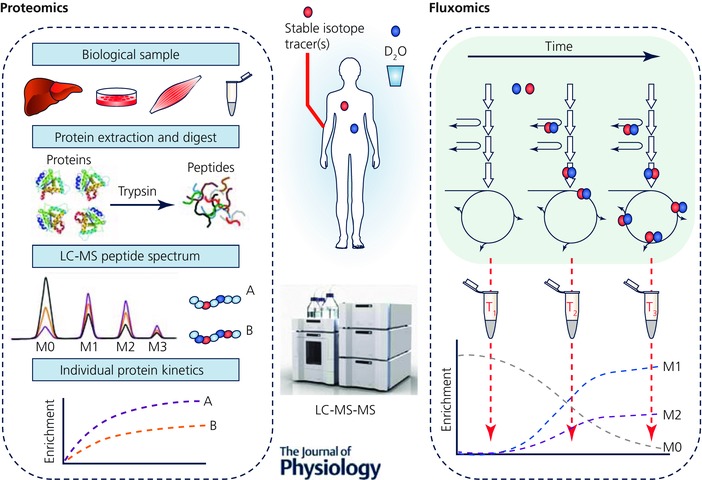Figure 3. D2O and stable isotope tracer ‘omics’.

Summary of how D2O and substrate‐specific stable isotope tracers can be used in conjunction with omics techniques (proteomics and metabolomics) for measuring the turnover of individual proteins and the rates of flux through individual metabolic pathways (fluxomics) in vivo. Proteomics: bulk tissue protein is made up of thousands of individual proteins that have varying functions and turnover rates; using AA stable isotope tracers and D2O alongside novel nanoLC‐MS/MS techniques, the rates of turnover of individual proteins can be determined by looking for incorporation of isotopic label into isolated peptides. This will provide a more holistic insight into the regulation of tissue protein to interventions such as exercise. Fluxomics: complimentary to this, using metabolomics in conjunction with stable isotope tracers or D2O the flux of metabolites through different metabolic pathways can be measured, by monitoring the level of isotopic labelling in downstream metabolites. This will provide information on rates of flux through these metabolic pathways, an application particularly suited to exercise physiology where substrate fluxes will dynamically alter in response to different intensities, modes and durations of exercise. M0‐M2 represents the mass isotopomer distribution.
